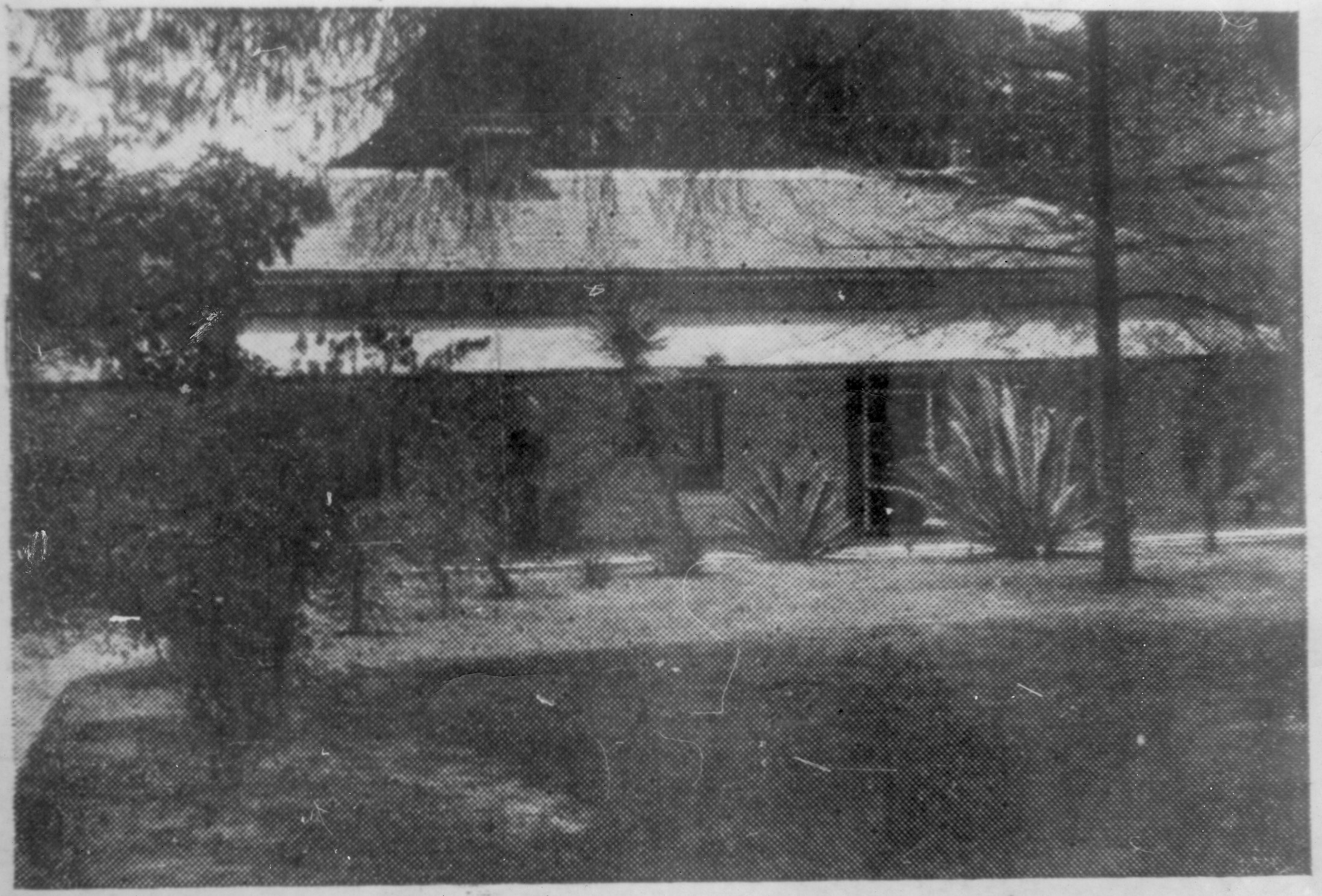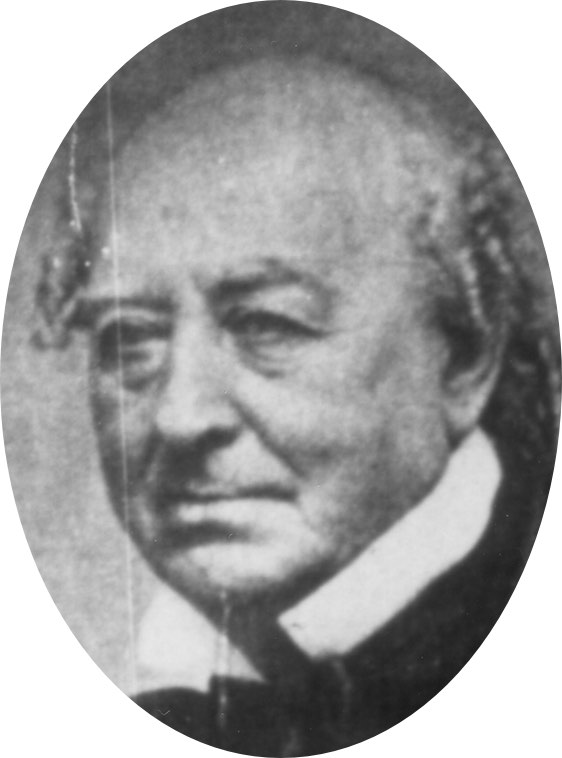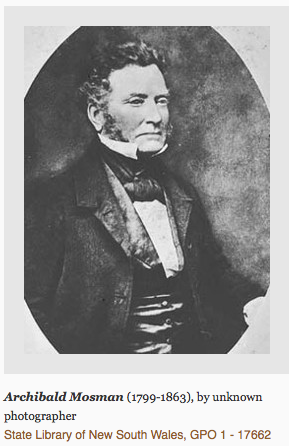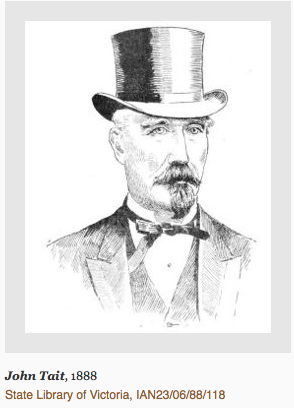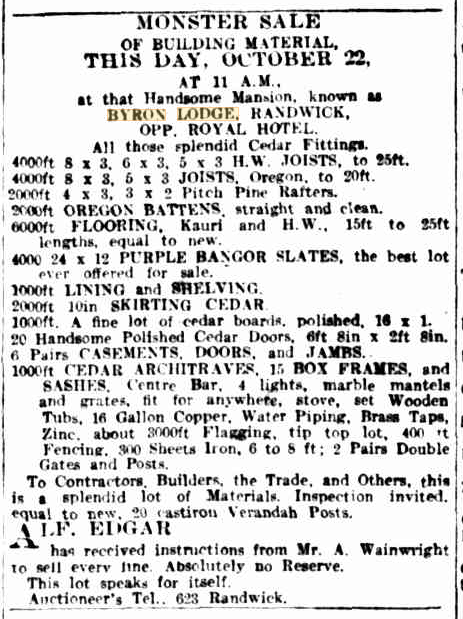“A Walk Around High Cross Park” by Harold Goodwin and Ellen Waugh tells us that Isaac Nathan (1792-1864), Professor of Music and composer of the first Australian opera, “Don John of Austria” was the first resident of Byron Lodge, which was located opposite High Cross Park on a five acre block bounded today by approximately Coogee Bay Road, Judge Street, Don Juan Avenue and Belmore Road.
Nathan and his family arrived in Sydney on the York in 1841. The Sydney Herald of 22 February 1841, on page 2 announces, “We have unfeigned pleasure in announcing to our musical friends, that the celebrated composer, Nathan, has arrived …” Further down the page, the eulogium continues, …”those delicious morceaux the “Hebrew Melodies” written by Lord Byron, were set to music by Mr Nathan …”
The National Library of Australia website (“Trove”) is brimming with Isaac Nathan’s activities. He worked hard, and contributed substantially to the cultural and social life of the colony. For example, in September of 1841, a concert was announced as, “Nathan’s New Australian Glee” … “in the humourous style, for the Cecilian concert, on the 15th inst in compliment to his Excellency the Governor and Lady Gipps, who are to honour the concert by their presence”. (Sydney Morning Herald, page 2).
Despite Nathan’s success in the colony, he was declared bankrupt in 1844. Half the debt was hanging over from London[i]. Isaac Nathan’s intensity seemed to have been his undoing when it came to dealing with money. He recovered from the debts to lead a fairly successful life in Sydney, so when Simeon Pearce approached him to buy some land in the area that was to become Randwick, he obliged.
On 5 September 1853, Nathan bought by Crown Grant, the five acres opposite what is now High Cross Park. He paid £120 for it. It is said he lived in a “the bark huts[ii]” before his house, Byron Lodge, was built, and named after his friend, Lord Byron.
I am not sure Isaac Nathan and Simeon Pearce remained all that friendly after Nathan’s scorching criticism of Pearce’s new Randwick to Coogee Road in 1855. A letter[iii] to the newspaper signed only “J. N. of Bark Hut Coogee Bay”, which can only have been written by Nathan – complains of “the fatal consequences of driving along the scantily constructed road … without the risk of … being precipitated into a loathsome gully, where if the vehicles should escape being shattered to atoms, the horses and drivers miraculously escape without loss of life or broken limbs, it is more probable that some venomous snake or adder might take direful vengeance on the unexpected intruders”.
Nevertheless, Nathan went on to build his house and advertised for stonemasons … “plan and specification to be seen on application to Mr Nathan, Byron Lodge, Coogee … no tender will be accepted unless perfectly satisfactory”[iv]. (Note that Randwick was proclaimed as a municipality in February 1859).
On 14 March 1856, Isaac and Henrietta Nathan took out a mortgage on the land for £600, with the Sydney Land & Benefit Building Society. This no doubt helped to pay for building the house.
The Nathans discharged the first mortgage and took out a bigger mortgage (£1,250 at 8% per annum) with John Gouldsbury Lennon (or Lemon) on 9 October 1857.
A bigger mortgage again was taken out with a different mortgagee on 24 September 1859. The Nathans now owed a total of £2,000 to James Norton. The mortgage, however, became a little complicated when James Norton died on 31 August 1862.
Money was clearly in short supply for the Nathans. It seems that Isaac Nathan’s quest for perfection outstripped his budget. On 23 July 1860 (page 6) an advertisement appeared on page 6 of the Sydney Morning Herald: “BYRON LODGE RANDWICK – This substantial and elegantly built first-class Dwelling, standing on three acres of land, consisting of eleven rooms, together with detached ash-house and servant’s room, well paved and securely drained; stabling for ten horses, four stalls and a box for six; coachman’s room, double coach-house, loft about 100 feet in length and other conveniences. Will be sold by public auction in September next, unless previously disposed of by private contract. Title unexceptionable. The deeds may be inspected at the office of Messrs NORTON, SON and BARKER, Elizabeth Street”.
Nathan (see picture above – now older, perhaps wiser) had to leave Byron Lodge. In his letter to the Sydney Morning Herald dated 22 November 1861 (page 6), he refers to “the pain of quitting Byron Lodge” and the “monstrous absurdities to compel ladies to twist their pretty mouths in search of notes more difficult to obtain than those of the Commercial Bank”.
There are several later advertisements relating to Byron Lodge. The Nathans appear to have remained at Byron Lodge Randwick at least until late March 1862.
The property remained in the hands of the Nathans and the mortgagees for some years to come – well after Nathan’s untimely death under a horse-drawn tram in 1864. It was, however, leased to Archibald Mosman, a businessman who shipped wool to Liverpool. He also operated two whaling vessels out of Sirius Cove, later called Mosman Bay.
In August 1862, a daughter was born on “21st instant” to Mrs A Mosman, at her residence, Byron Lodge, Randwick[vi]. Archibald Mosman, the lessee of Byron Lodge, Randwick died on 29 January 1863[vii]. He is buried in St Jude’s Cemetery, along with his wife Harriet, and three Mosman descendants.
The records in the Sands Directory indicate that the Mosman family stayed at Byron Lodge for only a short time. There is mention that Mrs Mossman (sic) is the tenant at Byron lodge in an advertisement to sell the late Mr Justice Callaghan’s land next to Byron Lodge[viii]. By 1865, they had moved: there is a Sands Directory listing for Mrs H Mosman at Petersham, and a marriage of Cecelia Jessie Mosman, daughter of the late Archibald Mosman to Arthur Hunter Palmer Esq., at Petersham[ix]
It took a while to sell the five acre estate belonging to the Nathans. On 10 October 1868, the mortgagees and Henrietta Nathan agreed that Henrietta would “release her Dower” (inheritance) of the land (which was mortgaged for at least £2,000) “in consideration of 5/-“. On 18 October 1868 the land and house was transferred from the mortgagees to John Tait for £1,100.
John Tait was a well-known horse-racing identity in Randwick. Tait adopted his famous racing colours of yellow jacket and black cap and in the early 1860s he set up with stables at Byron Lodge, Randwick … Unlike his fellow sportsmen Tait ‘went into racing as a business’; as his fortunes depended upon the winning of many races he closely supervised the training of his horses, which always ran in top condition. His most famous horse was The Barb, ‘the black demon’, among whose 17 wins in 24 starts were the A.J.C. Derby and the Melbourne Cup in 1866 and the Sydney Cup in 1868 and 1869[x].
John Tait also did very well out of the sale of Byron Lodge estate when he sold it on 31 March 1883 to Leopold Ferdinand Sachs for £9,500.
Sachs (and a chap called Henry Edward Russell) borrowed money to buy the land from The Honorable Anthony Ashley, commonly called Lord Ashley (1831-1886) & The Honorable Colin Campbell, commonly called Lord Colin Campbell (1853-1895), with the land as a security.
Sachs got into financial difficulty, and the land was “released” to Campbell and Ashley on or around 31 August 1883. There were three attempts to subdivide the land: 21 April 1884, 10 May 1884, and finally 18 October, 1884. The three land sales posters[xi] show slightly different ways of subdividing the land. Page 19 of the Sydney Morning Herald of 20 September 1884 says, “Saturday October 18th. ABSOLUTE SALE By Order of the Mortgagees, THE BYRON LODGE ESTATE, RANDWICK …”
The first buyer – on the day – was James Robertson, with an offer of £2,900 for Section 1: the large block, a triangle 401 feet by 11 inches along what is now Belmore Road, by 302 feet 3 inches along the boundary with Randwick Lodge, by 263 feet 8 inches, along the boundary with Section 2 and the end of Don Juan Avenue. It had Byron Lodge on it. He paid an additional £939 for Lots 1 and 2 of Section 2 (242 feet 8 inches along boundary with Section 1 by 80 feet wide by 242 11 inches along boundary with Lot 3[xii]). Robertson paid off land and received full title on 14 January 1885[xiii].
James Robertson was clearly well off if he could afford £3,839 to buy Byron Lodge and a bit more land as well, in 1885. By comparison, a labourer could expect to earn six to seven shillings a day, or about £3/3/6 per week, for a six-day week.
To find which James Robertson lived at Byron Lodge, it was necessary to find a death record. The Sydney Morning Herald of 1 July 1912 has a brief death notice, “ROBERTSON, – At his residence, Byron Lodge, Randwick, James Robertson in his 82nd year…”
Apparently, James Robertson was a “Bathurst Mining Pioneer”. An obituary published in the National Advocate on Monday 15 July 1912, says that “ Mr James Robertson who died at Randwick, Sydney at the age of 82 years …”
“…was a strong-minded Scotchman, who arrived in the very early sixties at the Turon gold-diggings. He was an enthusiastic gold-seeker, and a fairly successful one. He, with others, … opened up the Quartz Ridge gold mines, and unearthed large quantities of the metal from these reefs …”
Robertson married Rosalind Coyle in Bathurst in 1867. The couple had five children, the first three (Rosalind M: born 1868, James: born 1876 and Sydney: born 1878) were born in Bathurst. The younger children (Donald: born 1880 and John: born 1884) were born in Randwick[xiv]. Therefore, the family moved to Randwick between 1878 and 1880.
James Robertson was Mayor of Randwick from 1890 to 1892. He was also a Justice of the Peace from 1895 to 1910[xv].
Not long after James Robertson’s death an advertisement appeared in the Sydney Morning Herald[xvi]: “MONSTER SALE OF BUILDING MATERIAL, THIS DAY OCTOBER 22 …
So in fewer than 60 years Byron Lodge was built, lived in by the families of a Professor of Music a Whaler, a Horse Trainer and a Gold Miner, then reduced to a pile of joists, rafters, slate tiles and joinery within weeks of the death of the final owner.
Endnotes
[i] Further detail can be obtained from “Isaac Nathan. Australia’s First Composer” by Charles H Bertie, Angus & Robertson Ltd 1922 – a copy is held by Randwick & District Historical Society
[ii] Sydney Morning Herald 27 September 1913, page 2
[iii] Sydney Morning Herald, 6 March 1855, page 3
[iv] The Empire (Sydney) 29 July 1856, page 1, and Sydney Morning Herald 30 July 1856, page 8
[v] More information about Archibald Mosman can be found in the Australian Dictionary of Biography, Vol 2 (MUP) 1967 and online at http://adb.anu.edu.au
[vi] Sydney Morning Herald, 26 August 1862, page 1.
[vii] Sydney Morning Herald of 30 January, 1863, page 1
[viii] Sydney Morning Herald of 6 April 1864, page 6
[ix] Announced in the Empire (Sydney) newspaper of 14 June 1865, page 1.
[x] Martha Rutledge, “John Tait” in Australian Dictionary of Biography, Vol 6 (MUP), 1976, also available online at http://adb.anu.edu.au
[xi] The land sales posters are held by Randwick & District Historical Society
[xii] Old System title Book 298 Number 619
[xiii] Old System title Book 354 Number 674
[xiv] All records can be found at bdm.nsw.gov.au
[xv] Sands Directory
[xvi] Sydney Morning Herald 22 October 1912.
